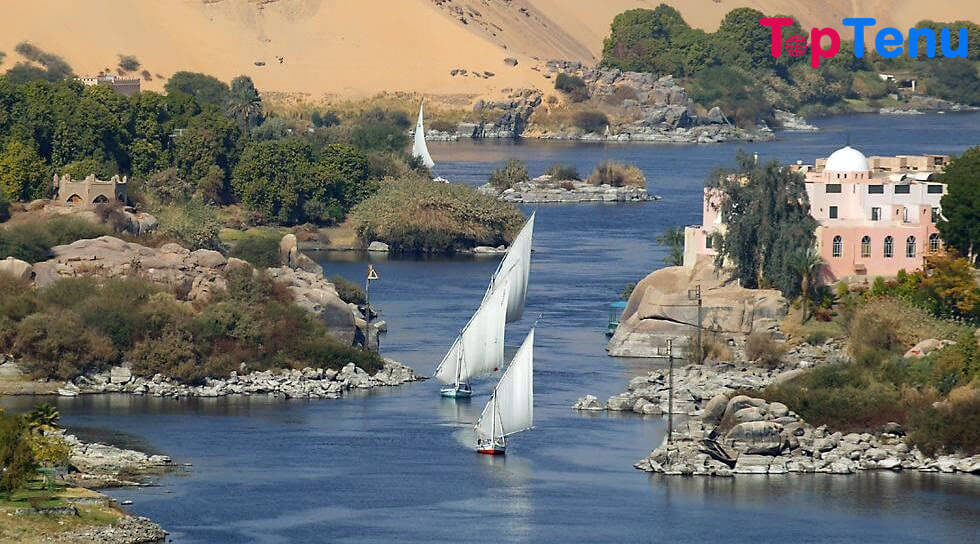#1. Vostok, Antarctica
Vostok Station is a Russian research station and one of the coldest places in the world it is located in island Princess Elizabeth Land, Antarctica. The Soviet Union discovered it in 1957. This station lies at the southern Pole of Cold, with the lowest reliably measured natural temperature on Earth of −89.2 °C. The research includes ice core drilling and magnetometry.
During the southern hemisphere winter of 1983, temperatures at Russia’s Vostok research station in Antarctica plunged to a frighteningly cold minus 128.6 degrees Fahrenheit, which is 54 degrees colder than the winter average there and the coldest temperature ever recorded on Earth.
- Address: Antarctica
- Elevation: 3,489 m (11,447 ft)
- Location in Antarctica: Princess Elizabeth Land; Antarctica
- Named for: Vostok
#2. Plateau Station, Antarctica
Plateau Station is inactive American research and the South Pole Queen Maud Land Traverse support base on the central Antarctic Plateau. This place is also one of the coldest places on the Earth. Construction on the site started on December 13, 1965, and the first traverse team arrived in early 1966.
- Elevation: 3,624 m
- Location in Antarctica: Queen Maud Land; Antarctica
- Evacuated: January 29 1969
#3. Oymyakon, Russia
Oymyakon is a rural locality in Oymyakonsky District of the Sakha Republic, Russia, which is located along the Indigirka River, 30 kilometres northwest of Tomtor on the Kolyma Highway. It is one of the coldest permanently inhabited settlements on Earth.
- Weather: -32°C, Wind E at 3 km/h, 67% Humidity
- Local time: Friday 4:24 pm
- Elevation: 745 m (2,444 ft)
- Postal code: 678752
- Dialing code(s): +7 41154
- Administrative district: Oymyakonsky District
#4. Verkhoyansk, Russia
Verkhoyansk is a town in Verkhoyansky District of the Sakha Republic, Russia, and located on the Yana River in the Arctic Circle, 92 kilometres from Batagay, the administrative centre of the district, and 675 kilometres north of Yakutsk, the capital of the republic. As of the 2010 Census, its population was 1,311.
- Weather: -19°C, Wind E at 8 km/h, 78% Humidity
- Town status since 1817
- Elevation: 127 m (417 ft)
- Administrative district: Verkhoyansky District
- Local time: Friday 4:24 pm
#5. North Ice, Greenland
The Greenland ice sheet is a vast body of ice covering 1,710,000 square kilometres, roughly 80% of the surface of Greenland. It is the second-largest ice body in the world, after the Antarctic ice sheet. The ice sheet has covered with large parts of Greenland for the last 2-3 million years, but active glaciers and constant meltings have meant that the ice has been recycled many times. The ageing ice sheet is only a few meters thick at the ice fringe, but more than 3,200 meters (10,500 feet) thick at its highest point.
- Area: 1.71 million km²
- Thickness: 2,000–3,000 m (6,600–9,800 ft)
- Length: 2,400 km (1,500 mi)
- Width: 1,100 km (680 mi)
#6. Eismitte, Greenland
Eismitte is one of the coldest places in the world. Eismitte in English also called Mid-Ice, was the site of an Arctic expedition in the interior of Greenland that took place from July 1930 through August 1931 and claimed the life of noted German scientist Alfred Wegener.
The name “Eismitte” means Ice-Center in German.
Greenland has an Arctic climate with average temperatures that do not exceed 10° C (50° F) in the warmest summer months. The air quality in Greenland is among the best in the world due to the country’s geographical position to the high north.
#7. Snag, Yukon, Canada
The snag was a village located on a small, dry-weather sideroad off the Alaska Highway, 25 kilometres east of Beaver Creek, Yukon, Canada. It is one of the coldest places on the Earth. The village of Snag is located in a bowl-shaped valley of the White River and its tributaries, including Snag Creek. It was first settled during the Klondike Gold Rush. Situated in the valley of the White River in the Yukon Territory, Snag recorded a temperature of minus 81 degrees Fahrenheit (minus 62.8 degrees Celsius) on February 3, 1947. That’s the recorded lowest temperature in continental North America.
- Weather: -17°C, Wind E at 6 km/h, 78% Humidity
- Local time: Thursday 10:29 pm
- Area code: 867
#8. Prospect Creek, Alaska, USA
Prospect Creek is a tiny settlement approximately 180 miles north of present-day Fairbanks and 25 miles southeast of present-day Bettles, Alaska. Years ago, it was home to numerous mining expeditions and the camp for the building of the Trans-Alaska Pipeline System. This place is one of the coldest places on Earth.
- Elevation: 309 m
- Area: 125 km²
- Local time: Thursday 9:30 pm
- Area code(s): 907
#9. Fort Selkirk, Yukon, Canada
Fort Selkirk is a former trading post on the Yukon River at the confluence of the Pelly River in Canada’s Yukon. For many years it was home to the Selkirk First Nation. Archaeological evidence shows that the site has been in use for at least 8,000 years. This is the world’s coldest place.
- Weather: -4°C, Wind E at 16 km/h, 79% Humidity
- Local time: Thursday 10:30 pm
- Function: Trading post
- Architect: Robert Campbell
#10. Rogers Pass, Montana, USA
Rogers Pass is a mountain pass that rises 5,610 feet above sea level, and it is located on the Continental Divide in the U.S. state of Montana. The pass is adjacent to Helena National Forest and is traversed by Montana Highway 200, providing the shortest route between the cities of Great Falls and Missoula, Montana.
- Elevation: 1,710 m
- Location: Lewis and Clark County, Montana, United States
- Topo map: USGS Rogers Pass (MT)
- Road: Montana 200
- Range: Rocky Mountains


